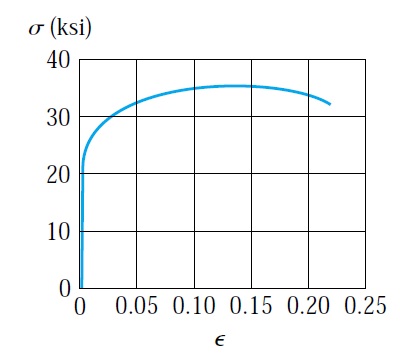Flakiness Index and Elongation Index of Coarse Aggregates
Figure 1
The Flakiness Index of aggregates is the percentage by weight of particles whose least dimension (thickness) is less than three- fifths (0.6times) of their mean dimension. This test does not apply to sizes smaller than 6.3mm.
The Elongation index of an aggregate is the percentage by weight of particles whose greatest dimension (length) is greater than nine-fifths (1.8times) their mean dimension. Flakiness and elongation tests are not applicable to sizes smaller than 6.3mm.
Test procedure:
- A quantity of aggregate shall be taken sufficient to provide the minimum number of 200 pieces of any fraction to be tested. The sample shall be sieved with the sieves specified in Table 1:
Table 1
- Separation of Flaky material- Each fraction shall be gauged in turn for thickness on a metal gauge of the pattern shown in Figure 2, or in bulk on sieves having elongated slots. The width of the slot used in the gauge or sieve shall be of the dimensions specified in column 3 of Table 1 for the appropriate size of the material.
- The total amount passing the gauge shall be weighed to an accuracy of at least 0.1 percent of the weight of the test sample.
- The Flakiness Index is the total weight of the material passing the various thickness gauges or sieves, expressed as a percentage of the total weight of the sample gauged.
- Separation of Elongated Material- Each fraction shall be gauged individually for length on a metal length gauge of the pattern shown in Figure 4. The gauge length used shall be that specified in column 4 of Table 1 for the appropriate size of the material.
- The total amount retained by the length gauge shall be weighed to an accuracy of at least 0.1 percent of the weight of the test sample.
- The elongation index is the total weight of the material retained on the various length gauges, expressed as a percentage of the total weight of the sample gauged.

Figure 2
Figure 3
Figure 4




















Comments
Post a Comment